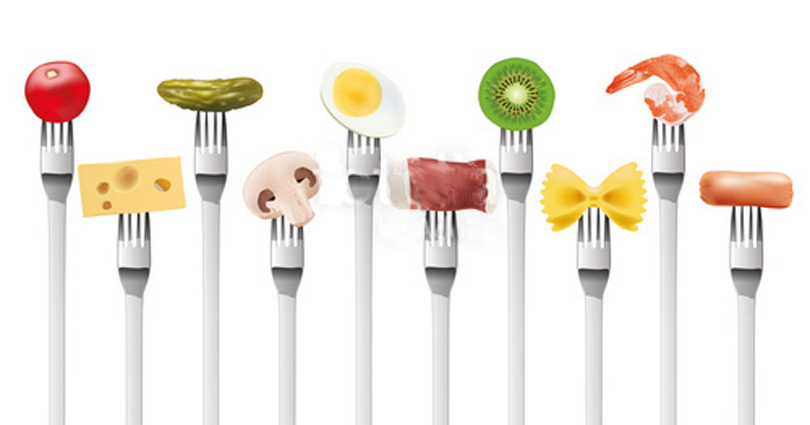(17-04-2018) Vitamin D for multiple sclerosis: Study shows living in sunnier climate reduces risk
(Natural News) Living in a sunnier climate greatly reduces your risk of multiple sclerosis (MS). Higher sun exposure during childhood and early adulthood can further decrease the risk. These were the conclusions that an investigative team came to in their study,published inNeurology.
“While previous studies have shown that more sun exposure may contribute to a lower risk of MS, our study went further, looking at exposure over a person’s lifespan. We found that where a person lives and the ages at which they are exposed to the sun’s [ultraviolet B] rays may play important roles in reducing the risk of MS,†said Dr. Helen Tremlett, lead study author and associate professor atThe University of British Columbia.
Tremlett and her colleagues conducted the study by first analyzing data from the Nurses’ Health Study. They identified 151 women with new-onset MS and 235 age-matched controls. All of the participants received questionnaires on their sun and outdoor exposure. The questionnaires included queries on how much time they spent under direct sunlight, their place of residence, and the time spent outdoors during the summer and winter seasons.
Once the researchers gathered all the necessary data, they divided the participants into three groups that corresponded with low, moderate, or high amounts of UVB ray exposure. This was calculated by combining data on altitude, latitude, and cloud cover.
The results showed that the women living in areas with the most amount of sun, and, consequently, had the greatest exposure to UVB rays, had the lowest risk of MS. Regardless of their age group, they were 36 to 45 percent less likely to develop MS than the women with the least amount of UVB ray exposure. (Related:Sun exposure tremendously improves MS symptoms – research.)
When looking through the age groups, the researchers discovered that the participants who lived in areas with the highest UVB ray levels between ages five to 15 reduced their chances of MS by 51 percent when compared with the lowest UVB ray level group. Moreover, when participants from this age group spent more time outdoors during summer, they cut their risk of developing the disease by 55 percent.
“Our findings suggest that a higher exposure to the sun’s UV-B rays, higher summer outdoor exposure and lower risk of MS can occur not just in childhood, but into early adulthood as well. In addition, our research showed that those who did develop MS also had reduced sun or outdoor exposure later in life, in both summer and winter which may have health consequences,†said Tremlett.
While their findings are promising, the researchers acknowledged that the study has several limitations. All of the participants were female and the vast majority were white, so the results may not be applicable to people from other ethnic groups or the opposite gender. Moreover, the answers were all self-reported and based on the participants’ memories, so there was no verify the authenticity of their replies.
Enrich your diet with vitamin D
People living in chillier climates can prevent vitamin D deficiency through theirdietary choices. Vitamin D isn’t common in food, but there are quite a few health foods abundant with this nutrient:
Salmon:One of the best vitamin D sources, a 100-gram serving ofsalmoncan contain at least 361 international units (IU) of vitamin D. This is close to one-fourth of the recommended daily intake for most people, which is around 400 to 600 IU. Those who don’t receive enough sunlight will need about 1,000 IU, making salmon an excellent food choice.
Mushrooms:The only natural plant sources of vitamin D. Certain varieties ofmushroomscan deliver 2,300 IU of vitamin D in every 100-gram serving. However, most commercial mushrooms contain very little if any vitamin D due to being grown in the dark. For optimal vitamin D content, pick mushrooms that were either harvested from the wild or grown under UV light.
Fortified foods:Some foods, such assoy milk, cereals,orange juice, and oatmeal, are fortified with vitamin D. These can have anywhere between 55 to 130 IU with each serving.
Go toVitaminD.newsfor more tips on meeting your recommended daily intake of vitamin D.
Sources include:
ScienceDaily.com
Healthline.com
News
In evidenza
 "L'informazione presente nel sito serve a migliorare, e non a sostituire, il rapporto medico-paziente."
"L'informazione presente nel sito serve a migliorare, e non a sostituire, il rapporto medico-paziente."
Per coloro che hanno problemi di salute si consiglia di consultare sempre il proprio medico curante.

Informazioni utili
-
Ricette a zona
-
Tabelle nutrizionali
-
Tabella composizione corporea
-
ABC della nutrizione






